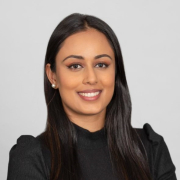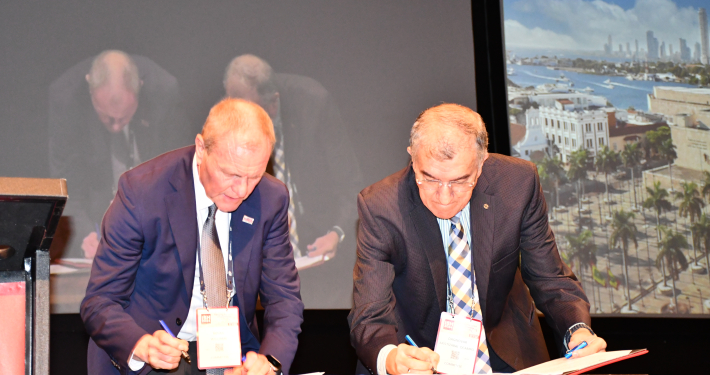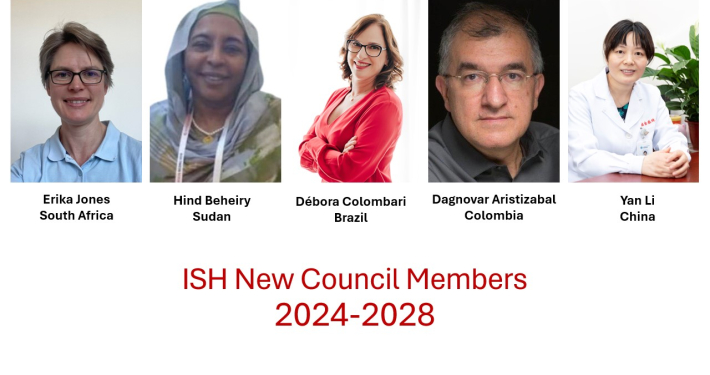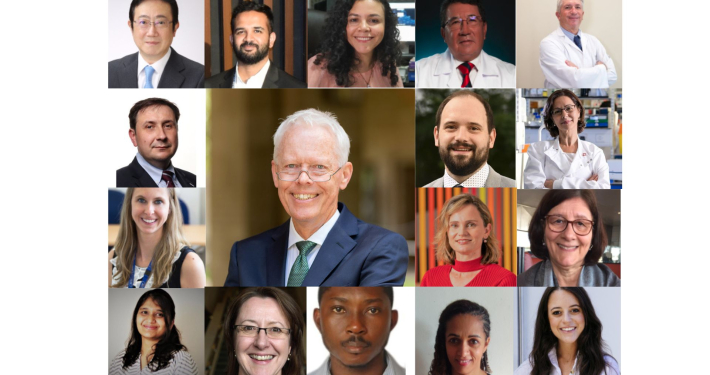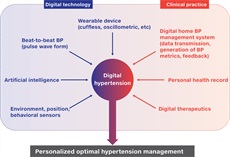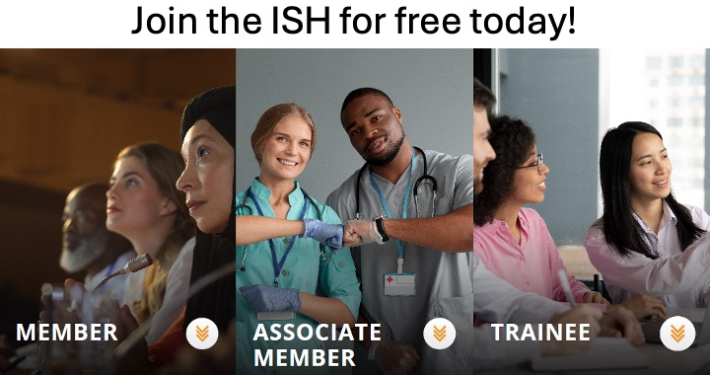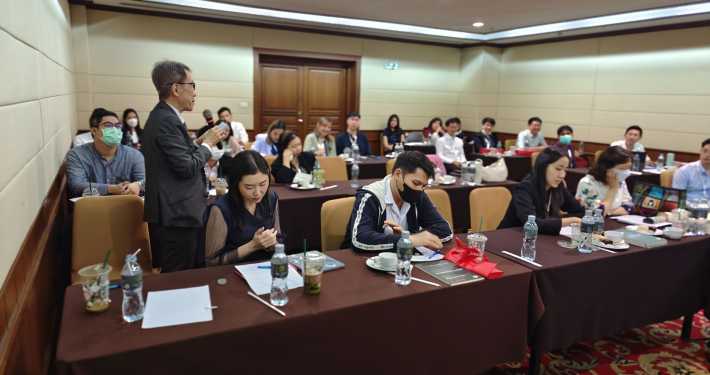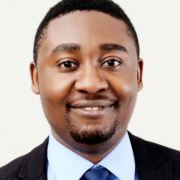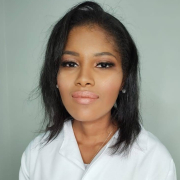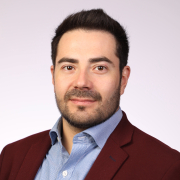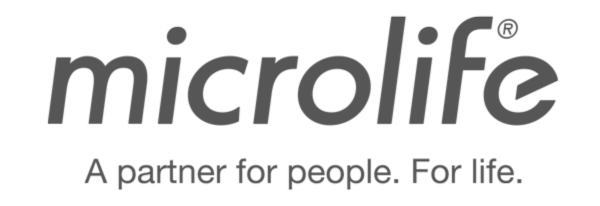Current Position:
M.D./Ph.D. Scholar – Doctoral Candidate (G3)
Previous Training/Positions:
I have been very fortunate to have participated in myriad research endeavors throughout my academic and professional career. In the summer of 2004, I was a Clinical Intern and Research Assistant in the Department of OB/GYN and Women’s Health at the University of Medicine and Dentistry of New Jersey. Following this summer of clinical research experience, I became very interested in exploring the realm of health policy and public health. In the summer of 2005, I was a Summer Intern and Project Coordinator in the Department of Health Systems Improvement at a non-profit organization in Los Angeles named Community Outreach for Prevention & Education. Throughout my time at the University of Southern California, I also spent considerable effort in research and outreach projects which incorporated my Biomedical Engineering degree. As such, I was a Research Assistant on the renowned Retinal Prosthesis Testbed team at the Doheny Eye Institute in Los Angeles for several years. Following graduation from college, I wanted to continue developing my engineering research skills but in a clinical context with human patients. I became a Clinical Research Assistant in the Traumatic Brain Injury and Rehabilitation Engineering Labs at the Kessler Foundation Research Center for three years from 2006-2009. In 2009, I enrolled in the M.D./Ph.D. Scholars program at the University of Nebraska Medical Center to pursue a dual degree which would provide me with the rigorous training I need to become a successful clinician-scientist. Throughout my training years, I have also made it a point to be active in leadership roles and community outreach programs. These additional positions have grounded my commitment to continually contribute to the environment in which I am studying, learning from, and living in.
Tell us a little bit about yourself
I was born and raised in New Jersey, as a first generation American, by my parents who immigrated to the United States from India. After graduating high school from Newark Academy, I enrolled at the University of Southern California’s Viterbi School of Engineering. I received my Bachelor of Science degree in Biomedical Engineering and graduated with honors distinction in May 2006. After working in a clinical research environment for three years, I decided to return to graduate school and joined the M.D./Ph.D. Scholars Program at the University of Nebraska Medical Center in 2009. In addition to my academic commitments and professional pursuits, I enjoy spending quality time with my family and childhood friends, learning about different customs from diverse cultures, and traveling around the world.
When did you become interested in science?
My parents instilled the importance of education and particularly science in my siblings and me from a very young age. When they enrolled us in a preparatory school which upheld these same values, the teachers at Newark Academy further encouraged our active participation in science fairs and laboratory experiments. My interest in science as professional pursuit arose when I was studying at the University of Southern California. As a student in the Viterbi School of Engineering, I was encouraged to become involved in research projects which would complement my interests in both medicine and engineering. After graduation from college, I returned to the east coast to work in rehabilitation engineering and clinical research laboratories at the Kessler Foundation Research Center under the mentorship of Drs. Elie Elovic and Karen Nolan. My active participation in the clinical research program at the Kessler Foundation Research Center further motivated my passion to pursue a career path which will allow me to bridge the gap between quality medical care to patients and innovative scientific exploration.
Tell us a little bit about your research/research program
I am starting my 3rdyear of doctoral studies at the University of Nebraska Medical Center in the Department of Cellular & Integrative Physiology, under the direction of my mentor Dr. Matthew C Zimmerman. Our lab is focused on understanding the mechanism whereby angiotensin II in the brain exacerbates sympathetic drive and its contribution to the pathogenesis of hypertension through excessive production of reactive oxygen species (ROS). More specifically, my project is focused on targeting a specific ROS, superoxide, in the angiotensin II pathway as a potential therapeutic target for the improved treatment of hypertension. We are particularly focused on developing a nanoformulated and stable antioxidant complex with copper/zinc superoxide dismutase (CuZnSOD), an intracellular scavenger of superoxide, as there are approximately 16 million Americans living with uncontrolled hypertension despite taking currently available pharmacotherapies. The significance of antioxidant therapies has been shown in many diverse animal models of hypertension and heart failure; however, we are trying to overcome the failures of antioxidant drug delivery by formulating more stable complexes with the antioxidant CuZnSOD in collaboration with Dr. Alexander “Sasha” Kabanov and his research team at the University of North Carolina – Chapel Hill. Thus far, our experiments in mice chronically infused with angiotensin II have shown promising results and we are excited to continue our experiments and share these results with the scientific community.
How did you become involved with the ISH?
I was first introduced to ISH when given the opportunity to present my research at the 3rd New Investigators Symposium in New Orleans, Louisiana. This conference was an exceptional opportunity to network with colleagues and young investigators in the field of hypertension research, many of whom have become good friends and potential future collaborators.
What do you consider to be your most significant scientific contribution (provide Pubmed PMID if possible)?
I believe that my most significant scientific contribution is the day-to-day commitment I have to continue investigating and developing a new therapeutic strategy which targets excessive reactive oxygen species in clinically uncontrolled hypertensive patients. My academic and research background in Biomedical Engineering, coupled with my clinical training with patients as an aspiring physician with great interest in the public health implications of hypertension, collectively allow me to contribute to our work from a repertoire of diverse skills.
What upcoming conferences will you be attending?
I am hoping to attend the Gordon Research Seminar and Conference (Lucca, Italy) in March 2014, which has an exciting agenda that is very relevant to our line of research, and Experimental Biology (San Diego, USA) in April 2014.
What is your favourite manuscript from a lab other than your own (provide Pubmed PMID if possible)?
A manuscript that I have found to be influential to my current work and our field of research in neurogenic hypertension is “Actions of angiotensin II on the brain: mechanisms and physiologic role” by Ian A. Reid in 1984. PMID: 6326614
What was your first conference?
Joint Educational Conference of the American Congress of Rehabilitation Medicine and the American Society for Neurorehabilitation
What is the furthest you have traveled for a conference?
Toronto, Canada
What entity (i.e. equipment, patient population) is essential to your research?
Our lab is particularly interested in the hypertensive patient population that is resistant to currently available pharmacotherapies. In the United States, approximately 16 million Americans are living with uncontrolled hypertension despite taking currently available medications. As we continue to develop new therapeutic strategies for clinically unmanaged hypertension, it is essential that we utilize diverse animal models to determine the effects of experimental drugs on mean arterial pressure, heart rate, baroreflex sensitivity and pulse pressure. As such, our experiments are particularly dependent on radiotelemetry instrumentation as a means of accurately and precisely recording these physiological parameters from our animal models.
What area of research do you wish you knew more about?
This list is endless and continually evolving! My current research interests involve the neural control of cardiovascular regulation. I am hoping to increase my proficiency in non-invasive imaging modalities, assessment and analysis of autonomic regulation and neuronal activity within the brain as it relates to cardiovascular control and pathological dysregulation. I think this would bridge my educational background in Biomedical Engineering and medical training with my current research interests in understanding the mechanisms underlying hypertension.
Any advice for other young scientists?
The most critical component of my success thus far has been my professional support system. I have been fortunate to be surrounded by incredible scientists, committed mentors, and ambitious colleagues who collectively challenge my intellectual capacity on a daily basis and thus continually contribute to my development as a clinician-scientist. Creating a professional support system that fosters your growth by motivating you to ask critical questions (of your own work as well as others), encouraging you to ask for help when needed, and offering constructive criticism without hesitation is essential to the continual growth and development of young scientists in training.
